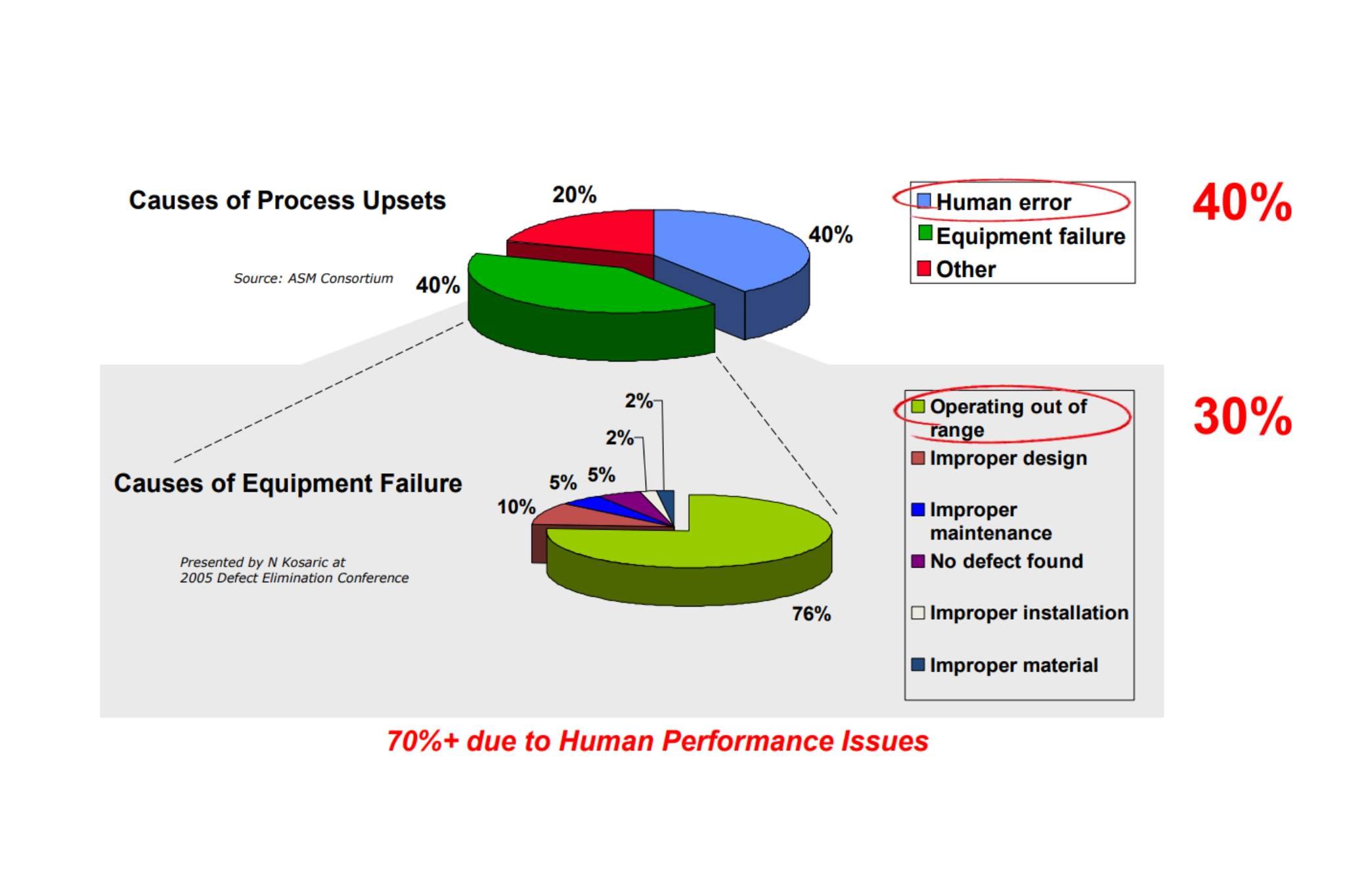It is easy to understand that the consequence of not responding to a critical alarm may be incidents, accidents and potentially enormous costs. However, it is not that straight forward to understand that there is a cost associated with any alarm. How can we quantify that cost?
Why are alarms important? Over the years we have learned that to avoid accidents and unwanted events, alarms will have to be raised.
Reading tip: Alarm System Improvement
The simple quick-fix to many challenges for production is to implement an alarm and leave the actions to control room operators.
However, alarm system configuration is very important. Spending time and effort on an alarm system is money well spent because it reduces both monetary costs and risks in the long run.
It is easy to understand that the consequences of not responding to alarms may be huge, and in worst case, fatal. Understanding that there is a cost involved with any alarm is not that straight forward.
Creating an understanding of the costs associated with alarms is of paramount importance in order to build a commitment towards maintaining and improving the alarm system and integrity of the plant over time.
One of the best-in-class when it comes to dealing with alarm systems is the old, but highly innovative Borregaard. Borregaard has used control system technology as a leverage towards improved efficiency and have had record high production year after year, at the same time as they are reducing costs.
In 2014, Borregaard received the award from Norsk Industri as Norway’s “smartest” production company. At Borregaard, there is a common understanding that any alarm represents a cost.
The 'Alarm noise' phenomenon
Most control room operators experience too many alarms. Any alarm that does not require any action is 'noise' and takes away focus from potential important tasks.
- The direct result is loss of productivity as operators are tied up dealing with incidents where there are no actions.
- Indirectly, the result is lack of attention on incidents that do require actions with loss of efficiency, or even upsets and accidents as a result.
The most frequently asked question when improving alarms is “Are there any actions?” If the answer is no, there should not be an alarm.
Who is the alarm for?
Modern systems and instrumentation are capable of producing different kinds of alarms. If the control room operator receives alarms intended for the maintenance personnel - again, this is noise.
Additionally, a maintenance alarm not seen by the correct personnel may result in an equipment breakdown with corresponding related costs and loss of production.
Operating limits
The alarm itself is an indication that the plant or system is outside of the normal operation limits. If the system is outside of normal operation, the performance is not optimal.
Therefore, the operator’s main task should be to ensure that operation is within the operating limits as close to the maximum production as possible.
Let’s compare an alarm system to driving a car: Most drivers will try to keep the car in an optimum location in the lane. An inattentive driver may not adjust their path until there is an alarm from the lane alert system.
We clearly see that this will result in an ineffective path. This is very similar to an operator that takes no action until an alarm is raised.
Can we quantify the cost?
There is no way of quantifying the cost of a specific alarm. There are numerous examples of costs of not responding correctly to an alarm where the result is accidents. The cost of responding erroneously to alarms is impossible to quantify.
The ASM (Abnormal Situation Management) consortium has documented that industrial plants lose 3-8 % production due to unplanned upsets. However, there have been cases where the production loss is in the range of 10-15%.
This figure below may be reduced by as much as 50% if the alarms system is configured correctly.

(Click for large version)
Copyright: ASM Consortium, Honeywell International, Honeywell Process Solutions.
Business impact
The business impact will range all the way from stress and job satisfaction of the operators, to the loss of life:
- Loss of life
- Injury to personnel
- Environmental impact through release
- Loss of public relations
- Cost impact: Equipment damage, production throughput and quality
- Health and job satisfaction
Luckily enough, accidents with loss of life are rare. Maintaining and improving the alarm systems adds value to all of the possible impacts listed above.
Conclusion
The number of alarms configured in new modern systems has increased greatly and alarm system maintenance cannot be neglected. Operator effectiveness is the next step in improving plant performance. Investing in the alarm system is not only profitable, but also a mitigation to avoid accidents.
Standards and guidelines are developed to capture and reuse valuable experience and lessons learnt from poor alarm management, incidents and accidents. This white paper provides an introduction to the most commonly used standards: